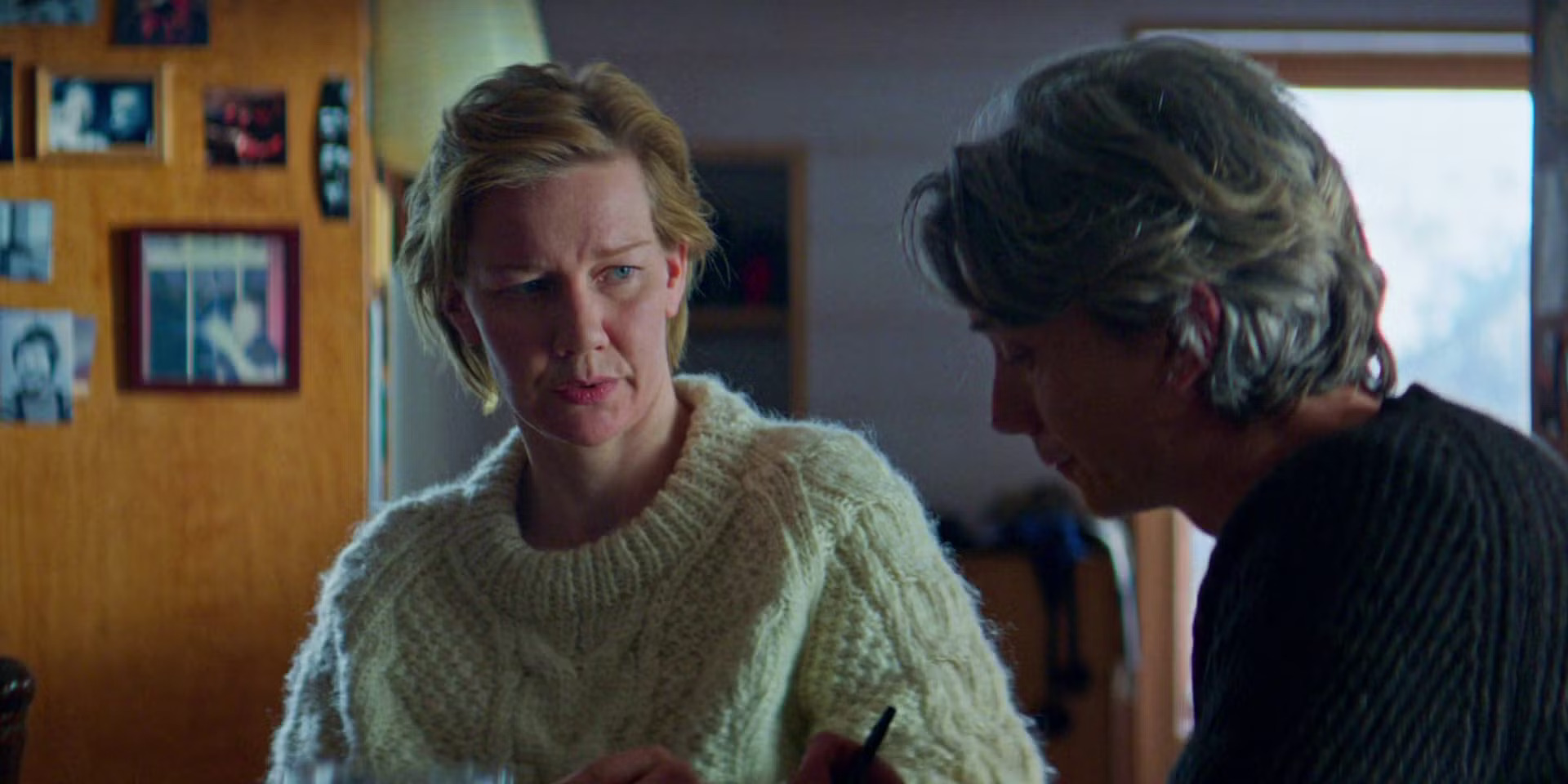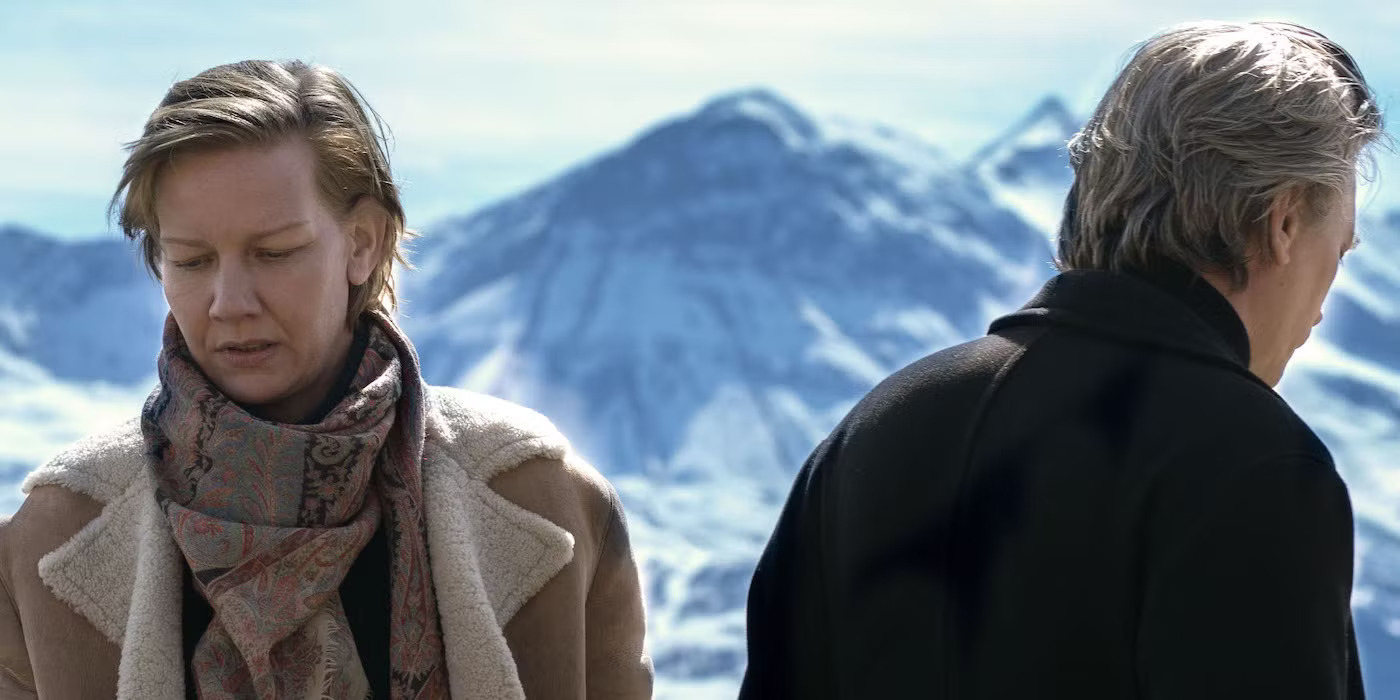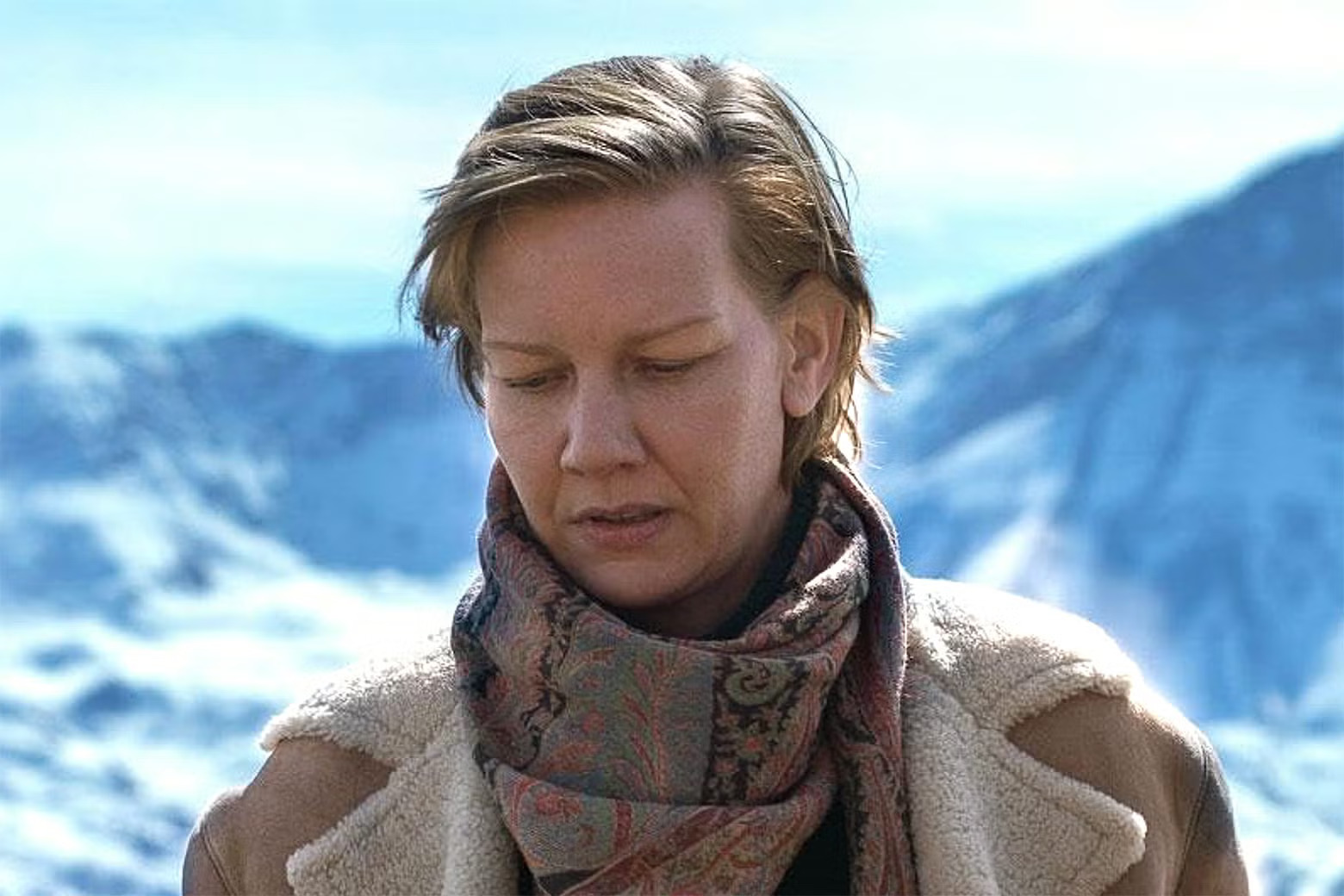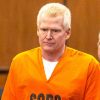Anatomy of a Fall is a gripping 2023 legal drama by French director Justine Triet. The film follows Sandra Voyter, played by Sandra Hüller, as she navigates the legal and emotional turmoil of being accused of murdering her husband, Samuel. The movie’s success is evident through its critical acclaim, including winning the Palme d’Or at Cannes and an Academy Award for Best Original Screenplay. At its heart, the movie revolves around the ambiguity of truth, leaving audiences questioning the nature of justice and relationships.
Sandra becomes the prime suspect in Samuel’s death, a tragedy she defends as suicide. Her blind son, Daniel, emerges as a critical witness. However, Daniel’s testimony changes over time, introducing uncertainty about what really happened. Audio evidence of domestic strife further complicates Sandra’s defense, and even she initially struggles to fully embrace the suicide explanation. This interplay of shifting truths and conflicting narratives drives the tension of the courtroom drama at the heart of the film.
Daniel’s testimony is pivotal yet inconsistent, as he alters his account multiple times. Initially, he claims he overheard a casual conversation between his parents, only to later support Sandra’s suicide theory with vivid details of their dog consuming aspirin from Samuel’s vomit. The evolving narrative raises questions about Daniel’s motives: was he protecting his mother, or was his memory genuinely unreliable?

Samuel’s Recording: A Double-Edged Sword
A recording of a heated argument between Sandra and Samuel becomes a critical piece of evidence. The tape paints Sandra as confrontational and deceitful, but its existence also hints at Samuel’s intentions. Was it a deliberate attempt to frame Sandra posthumously? Samuel’s jealousy of Sandra’s literary success adds complexity to the argument, suggesting he may have orchestrated events to tarnish her reputation after his death.
Sandra’s acquittal is bittersweet. While escaping conviction is a relief, she is left to grapple with the loss of her husband and the damage to her family. Her dinner conversation with her lawyer, Vincent, underscores her unease. Sandra’s disbelief in the suicide theory complicates her emotional resolution, as does the lingering tension with Daniel, who momentarily doubts her innocence.
Whether guilty or innocent, Sandra’s future is fraught with emotional challenges. If she is innocent, she must process her husband’s suicide and repair her bond with Daniel. If she is guilty, living with her son’s complicity in her lies adds a layer of guilt. The mother-son relationship remains central to the film’s exploration of familial bonds strained by suspicion and tragedy.
The film presents evidence that leads to no definitive conclusion. Blood splatter patterns, the body’s position, and Samuel’s possible injuries all point to conflicting scenarios. The prosecution’s theory that Sandra could have physically overpowered Samuel seems implausible, but the defense’s counterarguments also leave gaps. This ambiguity is a testament to the complexity of human perspectives and memory.

Daniel’s Shifting Testimony: A Reflection of Fallibility
Daniel’s changes in testimony mirror the fragility of human memory. While his statements often align with evidence favorable to Sandra, they also raise doubts about his integrity. Seeking guidance from an impartial observer who cannot comment on the case underscores Daniel’s internal conflict. His fallibility, whether intentional or not, serves as a microcosm of the film’s broader theme of truth’s elusiveness.
The conclusion leaves audiences with unresolved questions. Sandra herself acknowledges the chaotic nature of relationships, suggesting that no one can fully understand the intricacies of her marriage. The court’s decision and the audience’s interpretation are shaped by incomplete narratives, reflecting the inherent subjectivity in any search for truth.
The film ends poignantly with Sandra and her dog, Snoop. The absence of her son in the final moments highlights Sandra’s isolation. However, Snoop’s presence symbolizes unconditional love and perhaps a glimmer of hope for rebuilding her bond with Daniel. The dog, Daniel’s loyal companion, serves as a metaphor for Sandra’s lingering connection to her son despite the emotional distance between them.
Director Justine Triet deliberately avoids providing a clear answer about Sandra’s guilt or innocence. In interviews, Triet emphasizes the film’s exploration of responsibility and human complexity over definitive resolution. Sandra’s lies and omissions invite doubt, but they also mirror the imperfections inherent in all relationships and self-perceptions.
Beyond the murder mystery, Anatomy of a Fall delves into the dynamics of a troubled marriage. Sandra’s frustration lies in the public scrutiny of her private life. The courtroom magnifies minor conflicts, distorting them into narratives of motive and guilt. Sandra’s struggle to convey the nuances of her relationship underscores the film’s commentary on societal judgment and the impossibility of fully knowing another person.
The film’s ambiguous ending has been celebrated as a masterstroke, elevating Anatomy of a Fall from a standard legal drama to a profound psychological study. Critics and audiences alike have praised its nuanced performances, particularly Sandra Hüller’s portrayal of a complex protagonist. The unresolved narrative leaves viewers pondering long after the credits roll, ensuring its place as a thought-provoking cinematic achievement.
Anatomy of a Fall captivates with its intricate storytelling and refusal to offer easy answers. Its themes of ambiguity, familial bonds, and societal judgment resonate deeply, making it a standout in contemporary cinema. By leaving audiences in a state of uncertainty, the film mirrors the complexities of real-life relationships and the pursuit of justice, solidifying its legacy as a modern masterpiece.



